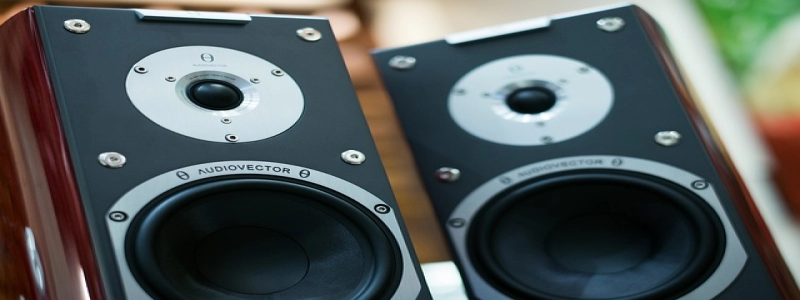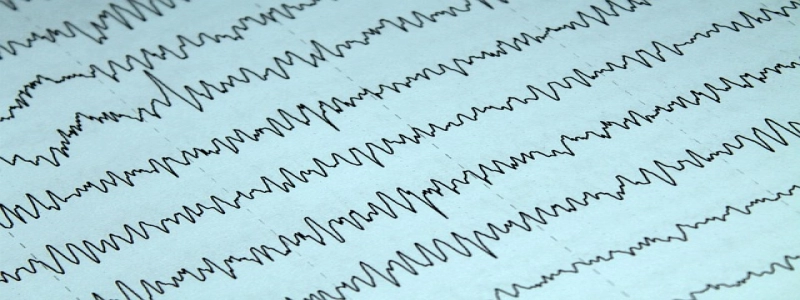How Long Can an Ethernet Cable Be?
Introduction:
Ethernet cables are commonly used to connect devices to a network, providing a reliable and fast internet connection. However, there is a common question that arises – how long can an Ethernet cable be? In this article, we will delve into this topic and explore the factors that determine the maximum length of an Ethernet cable.
I. Understanding Ethernet Cables:
Ethernet cables are used to transmit data signals between devices within a network. They are typically made of copper or fiber optic wires and come in different categories, such as Cat5, Cat6, and Cat7. These categories indicate the cable’s performance and the maximum speed it can handle.
II. Cable Length Categories:
Ethernet cables are manufactured in various lengths, ranging from a few inches to hundreds of feet. The maximum length of an Ethernet cable depends on its category and the transmission speed required. Here are the lengths and maximum speeds for each category:
1. Cat5e: This category is the most common and can support transmission speeds of up to 1000 Mbps (megabits per second). The maximum length for reliable performance is 100 meters or approximately 328 feet.
2. Cat6: Cat6 cables have a higher bandwidth and can support faster speeds of up to 10,000 Mbps. The maximum length for reliable performance is also 100 meters or approximately 328 feet.
3. Cat6a and Cat7: These categories offer even higher performance and can support faster speeds and longer distances than Cat5e and Cat6 cables. Cat6a cables can handle speeds up to 10,000 Mbps over distances of up to 100 meters, while Cat7 cables can reach speeds of up to 40,000 Mbps over the same distance.
III. Factors Affecting Cable Length:
While the maximum length of Ethernet cables is defined by their category and performance, there are additional factors that can impact the actual usable length. These factors include:
1. Signal Loss: The longer an Ethernet cable, the more likely it is to experience signal loss or degradation. This can result in slower speeds or even a loss of connectivity. Using high-quality cables and connectors can help minimize signal loss.
2. Environmental Interference: External factors such as electromagnetic interference (EMI) and radio frequency interference (RFI) can affect Ethernet cable performance. Shielded cables and proper cable management can help mitigate these interferences.
3. Cable Quality: The quality of the cable itself plays a significant role in determining its maximum length. Low-quality cables may not meet industry standards and can result in poorer performance over long distances.
Conclusion:
In conclusion, the maximum length of an Ethernet cable depends on its category, with Cat5e and Cat6 cables having a maximum length of 100 meters, while higher categories like Cat6a and Cat7 can offer longer distances. However, it is essential to consider other factors such as signal loss, environmental interference, and cable quality when determining the actual usable length. By understanding these factors, you can ensure reliable and efficient network connectivity for your devices.








